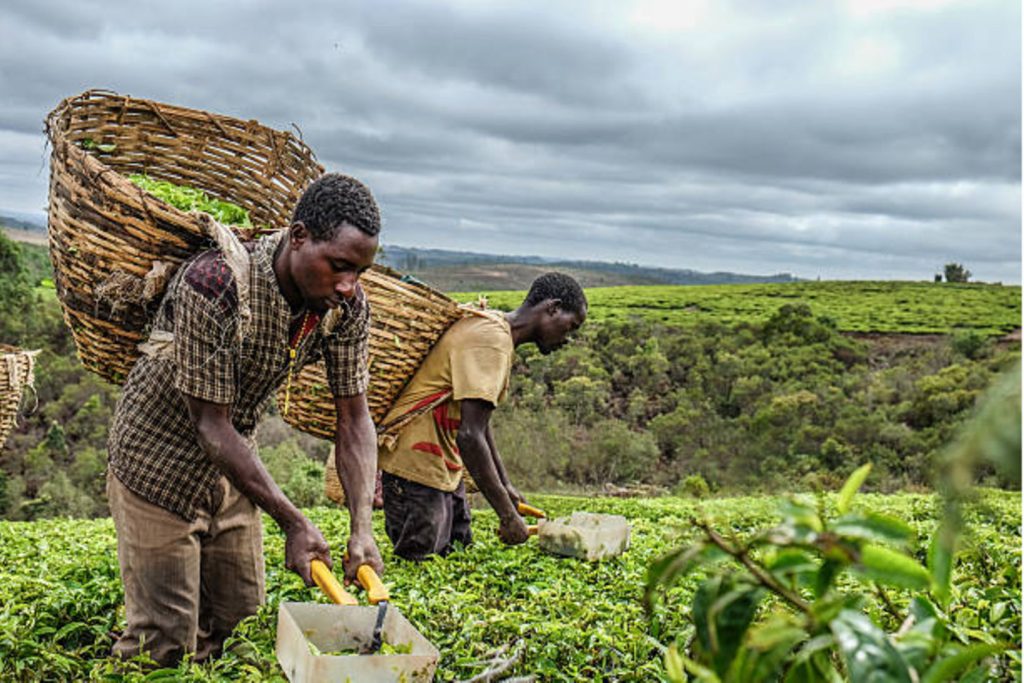Tanzania, a nation blessed with diverse agro-climatic zones, has agriculture deeply rooted in its socio-economic fabric. Over the years, the agricultural supply chain in the country has undergone significant transformations. Historically, Tanzania’s agriculture was characterized by small-scale farming, primarily for subsistence. The supply chain was rudimentary, with farmers selling their produce in local markets, often at the mercy of intermediaries.
Tanzania is working towards agricultural modernization, aiming to improve agricultural productivity. The aim has been to transform traditional farming practices with modern practices and help smallholder farmers improve their productivity. However, there has been mixed evidence of the success of such modernization efforts, with some showing success and others showing failure.
Findings show that agricultural modernization has left smallholder farmers in a marginalized position filled with land grabbing, problems with availability, accessibility, affordability and the quality of farming inputs, and the issue of the market for agricultural products.
As a deliberate effort to transform agricultural productivity and realize poverty alleviation, in recent years, the government of Tanzania has embarked on different agricultural strategies like Kilimo Kwanza and the like. Currently, the Agricultural Sector Development Strategy (2015/16 – 2024/25) is in its implementation.
With the ASDS, the government of Tanzania aims to transform the agricultural sector into a modern, commercial, highly productive, resilient, and competitive one in the national and international market to achieve food security and poverty reduction and contribute to the realization of Tanzania Development Vision 2025.
Several factors have contributed to the modernization of Tanzania’s agricultural supply chain. Technological advancements, introducing modern farming techniques, machinery, and digital tools have increased yields and reduced post-harvest losses. Infrastructure development, improved road networks and storage facilities have facilitated swift movement and storage of agricultural produce. Policy interventions: The Tanzanian government has introduced policies promoting agribusiness, contract farming, and cooperative societies.
Today, Tanzania’s agricultural supply chain is more structured and efficient:
- Farm Level: Farmers are increasingly adopting sustainable farming practices, using improved seeds, and leveraging technology for crop monitoring and pest control.
- Processing & Value Addition: The rise of agro-processing industries means that a significant portion of the produce undergoes value addition, increasing its market value.
- Distribution & Retail: Modern retail chains, e-commerce platforms, and farmer cooperatives play a pivotal role in ensuring that produce reaches consumers in the best condition.
The evolution of the agricultural supply chain has profound economic implications, such as a boost to GDP; Agriculture contributes significantly to Tanzania’s GDP. A streamlined supply chain ensures that this contribution grows steadily. Employment generation: From farming to processing to retail, the agricultural supply chain provides employment opportunities to millions. Export potential, with improved quality and standards, Tanzanian agricultural products are finding markets abroad, boosting the country’s export earnings.
Despite the progress, challenges persist, including Climate change worldwide and changing weather patterns threatening agricultural yields. There’s a need for climate-resilient farming practices. As many farmers still lack access to finance, access to credit limits their ability to invest in modern farming techniques. Market fluctuations and price volatility in agricultural commodities can impact farmers’ incomes. Mechanisms to stabilize prices are essential.
For Tanzania’s agricultural supply chain to reach its full potential, a multi-pronged approach is required:
- Research & Development: Investing in agricultural research can lead to developing high-yielding and disease-resistant crop varieties.
- Training & Capacity Building: Farmers need continuous training to keep abreast of the latest agricultural practices.
- Strengthening Linkages: Building strong linkages between farmers, processors, retailers, and consumers ensures a seamless flow of produce and information.
The efforts towards agricultural modernization in Tanzania are recognized and widely accepted as they will benefit the farmers and create more employment opportunities, increase food security, provide raw materials to the industries, and, ultimately, contribute to the national economic growth. However, the ongoing trends in Tanzania do not offer a promising future among smallholder farmers at the heart of agriculture.
If not well addressed, the existing challenges are that farmers will remain where they are, and poverty will continue to stick in their lives. As a deliberate effort to improve the agriculture sector, the government need to increase investment in agricultural inputs by facilitating the availability of industries which produce agrarian inputs like fertilizer.
Also, the government should encourage farmers to join cooperative unions or groups to help them have bargaining power when marketing their crops.
Also read: Why Agriculture-Dominant Countries Struggle with Food Security.

